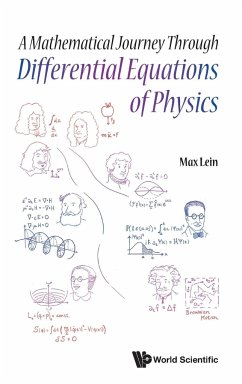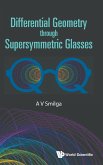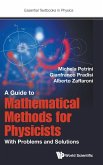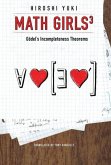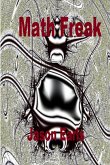Mathematics is the language of physics, and over time physicists have developed their own dialect. The main purpose of this book is to bridge this language barrier, and introduce the readers to the beauty of mathematical physics. It shows how to combine the strengths of both approaches: physicists often arrive at interesting conjectures based on good intuition, which can serve as the starting point of interesting mathematics. Conversely, mathematicians can more easily see commonalities between very different fields (such as quantum mechanics and electromagnetism), and employ more advanced tools. Rather than focusing on a particular topic, the book showcases conceptual and mathematical commonalities across different physical theories. It translates physical problems to concrete mathematical questions, shows how to answer them and explains how to interpret the answers physically. For example, if two Hamiltonians are close, why are their dynamics similar? The book alternates between mathematics- and physics-centric chapters, and includes plenty of concrete examples from physics as well as 76 exercises with solutions. It exploits that readers from either end are familiar with some of the material already. The mathematics-centric chapters provide the necessary background to make physical concepts mathematically precise and establish basic facts. And each physics-centric chapter introduces physical theories in a way that is more friendly to mathematicians. As the book progresses, advanced material is sprinkled in to showcase how mathematics and physics augment one another. Some of these examples are based on recent publications and include material which has not been covered in other textbooks. This is to keep it interesting for the readers.

